Terry Robb | Interview | “Confessin’ My Dues”
Terry Robb has a very unique fingerpicking style influenced by Delta blues, ragtime, country, swing and jazz. He is a true blues guitar virtuoso and one of the finest acoustic guitarists around.
Robb was born in British Columbia, raised in the United States and resides in Portland, Oregon. He achieved greatness at an early age, performing with Ramblin’ Rex of Frank Zappa / Captain Beefheart fame, Canned Heat’s Henry Vestine, and steel-string guitar icon John Fahey. At age 24, Robb’s collaboration with Fahey led him to produce several of Fahey’s critically-acclaimed recordings, including ‘Let Go’. As an acclaimed producer and session guitarist, Terry Robb has contributed to numerous award-winning projects, including Alice Stuart’s Grammy- and Blues Music Award-nominated album ‘Can’t Find No Heaven’.
With more than 15 albums under his name, Robb’s award-winning, blues-chart topping discography features collaborations with John Fahey, Eddy “The Chief” Clearwater, Maria Muldaur, Ike Willis (Frank Zappa) and Curtis Salgado. He has performed as a solo artist at festivals, theaters and clubs across the United States, Canada and Europe; toured with John Fahey, Buddy Guy, Steve Miller and Robin Trower, and shared the stage with B.B. King, Albert Lee, Joe Cocker, Bo Diddley, John Hiatt, David Crosby, George Thorogood, Leo Kottke, Johnny Winter and countless more all-stars.
“Henry Vestine was my favorite lead guitarist and Alan Wilson was my favorite slide and harp player”
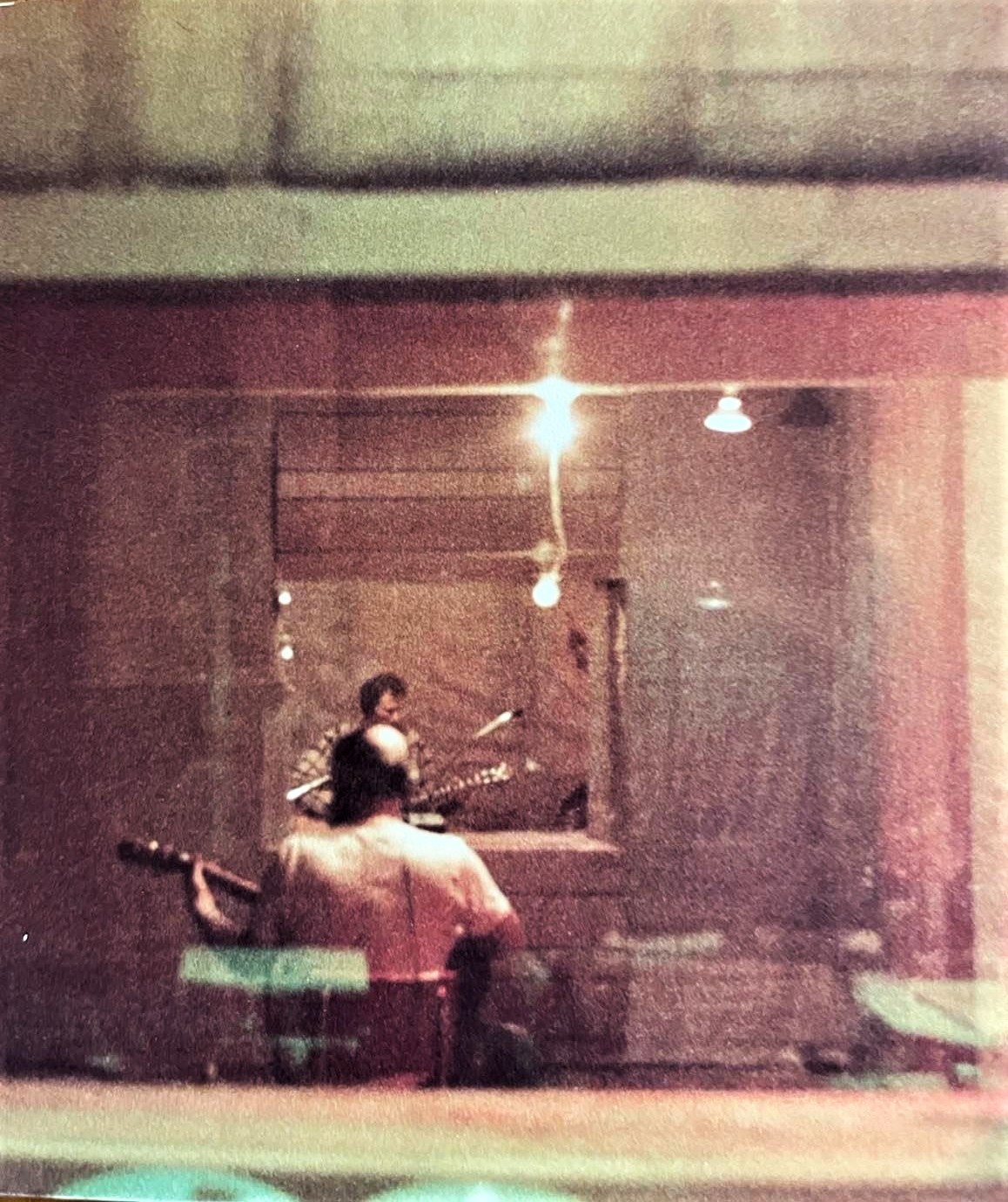
Your father and grandfather were both pianists, do you think that influenced your later guitar playing?
Terry Robb: Yes. My grandfather played classical and my father played stride. I’ve incorporated both into my playing, particularly stride because of my love of ragtime. Jelly Roll Morton to Monk. Blind Blake being my favorite ragtime guitarist.
What kind of records were laying around the house?
My parents listened to a lot of different kinds of music and talked a lot about the music and the players. My dad took me to see Louis Armstrong and The Beatles when I was a kid and we would go hear the symphony. Blues and country were heard as well. My mother was Italian so there were a lot of records of Italian singers.
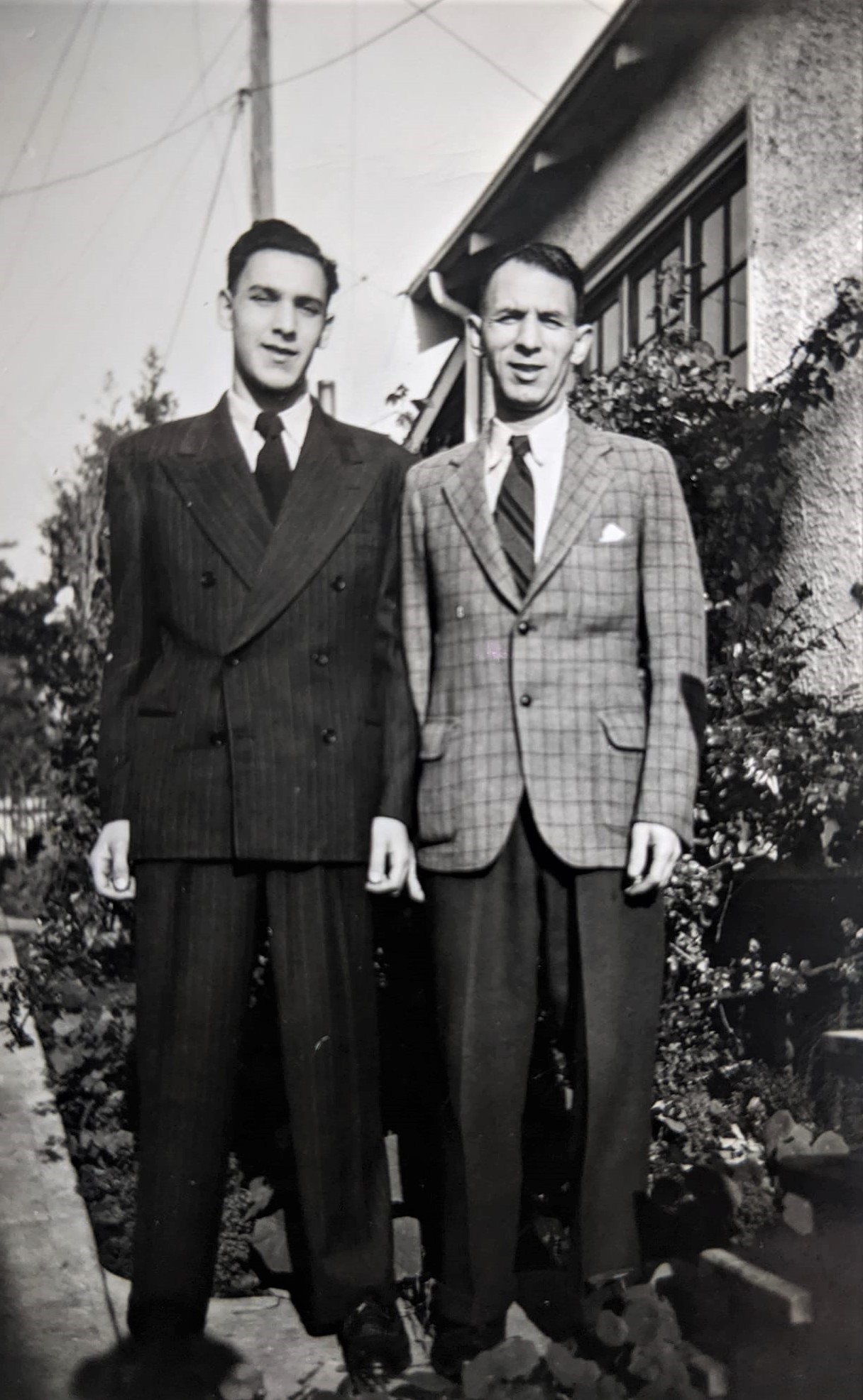
You are a bit younger than the blues rock guys like Canned Heat, when did you first hear about them?
When I was a kid in the 60’s there was a big blues revival/discovery and Canned Heat was a part of it. They were my favorite band. I liked country blues and modern blues and they did a great job of putting it all together with rock and roll. They were all very knowledgeable about the roots of it all particularly, Henry Vestine, Alan Wilson and Bob Hite and could play it as well. Aside from the original players, Henry Vestine was my favorite lead guitarist and Alan Wilson was my favorite slide and harp player. I liked the way Alan Wilson played Walter Hawkins on electric and John Lee Hooker stuff behind Henry Vestine.
To me as well, one of my favourite guitarists is Henry Vestine, what do you recall from working with him? What was he like?
Henry Vestine was an interesting bunch of guys! Very sweet and generous to me and very intelligent. When I was a kid/teenager I was a huge fan of him and John Fahey and I got to be close with both of them and fortunate to work with them. No one sounded like either of them. Lots of roots in their playing, but very much their own identity and personality in the playing. I learned much from both of them before and after we became friends. And of course they were friends themselves going back a long way. They rediscovered Skip James.
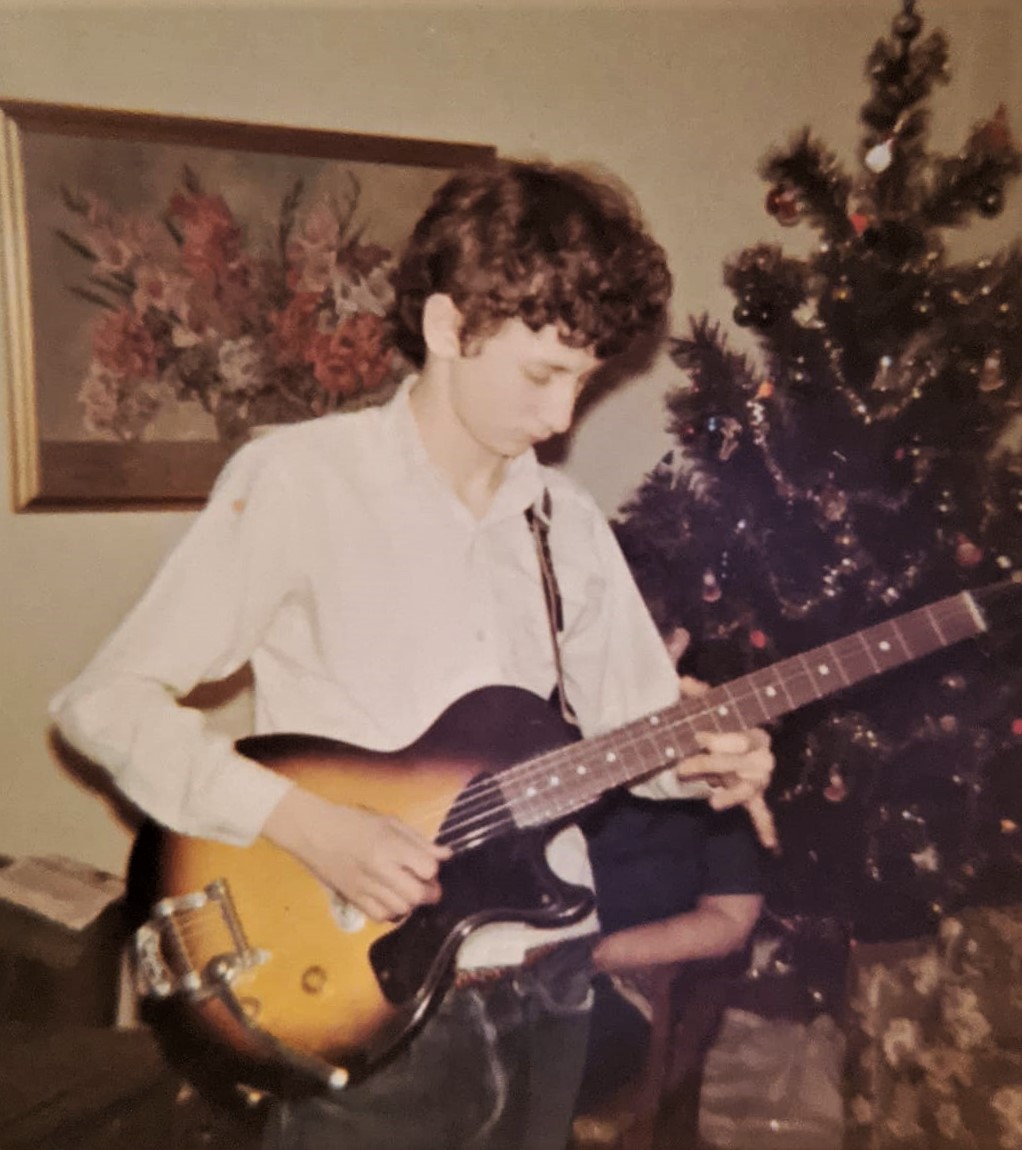
How was it to be around Canned Heat guys? Did you ever listen to any of the Hite’s and Wilson record collections?
Never met Alan Wilson, but hung out and played with Canned Heat when Bob Hite was still alive. We had fun because I knew all of Wilson’s parts, so he got to do a few things he hadn’t done in awhile. Henry Vestine and I listened to lots of records together.
Following your graduation from Parkrose High School in 1974, you studied fine arts and music theory under Czech-American classical composer Tomáš Svoboda at Portland State University before receiving his baccalaureate degree in 1978. Would you like to tell us how it was to learn from Svoboda?
Tomáš Svoboda was very strict and had a great love of music with lots of energy. I just studied theory with him. A nice man.
How did the Ramblin’ Rex Jakabosky duo come about?
I first heard Ramblin’ Rex Jakabosky by chance at a Coffee Bar when I was 16. A few years later he heard me and we liked the same music and he asked me to play with him. It was great fun and I learned a lot about the business through him. It was through Ramblin’ Rex Jakabosky that I met Henry Vestine. He knew Henry before Canned Heat.
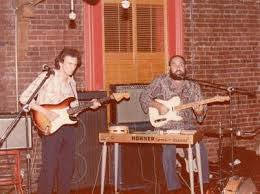
“To this day I’ve never heard anybody sound as close to T-Bone Walker as Frank Zappa did on that live tape”
Did he talk about his early days in a band with Frank Zappa and Captain Beefheart. They were called The Soots.
Rex talked about being in high school with Frank Zappa and Don Van Vliet (Captain Beefheart). They collected and listened to records together and Don and Rex would trade harp ideas. They all seemed to have trios around LA before the trio format was popular. Henry Vestine, Gerry McGee, Larry Taylor and Frank Zappa all played the same clubs. Gerry McGee and Larry Taylor’s trio ended up playing on the Monkees records. Rex Jakabosky played me a tape of Zappa sitting in with his trio in the early 60’s where they play T-Bone Walker’s ‘Two Bones and a Pick’. To this day I’ve never heard anybody sound as close to T-Bone Walker as Frank Zappa did on that live tape. Rex and I would go hang with Frank Zappa if he was in the area.
I believe that this is how you got to know Vestine and the Canned Heat. What was it like for you when you were asked to join the band in 1980?
There was talk of me joining but Bob Hite died and I never did. Fito de la Parra and I have remained friends. Always nice to see him.
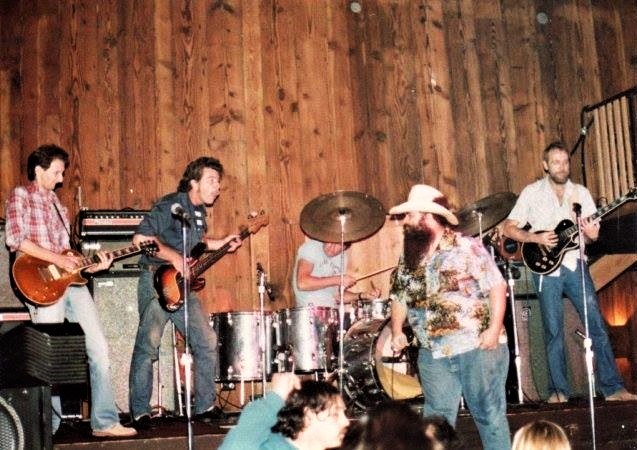
You actually played the Alan Wilson guitar?!
Yes I did play Alan Wilson’s 1954 Goldtop Les Paul, they had it as a spare when they toured. What a thrill.
You stayed in touch with Vestine also later on when he moved to Oregon… may I ask if he had many drug and alcohol related troubles?
Henry Vestine liked to drink, but he was always the same guy around me.
Like a true bluesman then…
When did you get in touch with blues singer and harmonicist Curtis Salgado, who was a member of the Robert Cray Band at that time?
Curtis Salgado and I would be on the same shows together and we got to know each other. I asked him to play on a recording I did called ‘Nice Try’. We then got to be close friends and went on to play together.
One of the highlights for you must have been when John Fahey relocated to Salem, Oregon, in 1981, and a mutual friend gave him your demo recording of ‘One Way Gal’ by blues guitarist William Moore. You must have heard some stories about Fahey since he was an early friend of Vestine and Bob Hite…
Well I was a big fan of John Fahey’s and saw him live a number of times. He heard my demo and sent me a Christmas card saying he’d like to meet. I went to where he was playing and we met backstage and played Charley Patton songs together.
“John Fahey changed the approach to acoustic guitar performance”
What are some of the key moves that you learned from him?
John Fahey changed the approach to acoustic guitar performance. A lot of people owe him for making solo steel string guitar performance a genre. His influences were vast but the heart of it was country blues with a strong influence of classical music. His technique was fingerstyle blues guitar, but thematical he would find things everywhere. We listened to all kinds of music; delta blues, country, bluegrass, 20th century classical music, Indian music, you name it. He would play along to James Brown records and his favorite band was Booker T. & the M.G.’s. He asked me to arrange the whole album, ‘Hitchhiker’, for two guitars. I also learned a lot about recording and producing.
I would love to hear the story about ‘Psychedelta,’ which was followed by ‘Next Window’.
That was a single I did with my first band. ‘Next Window’ was my first album. The cover was by the cartoonist John Callahan.
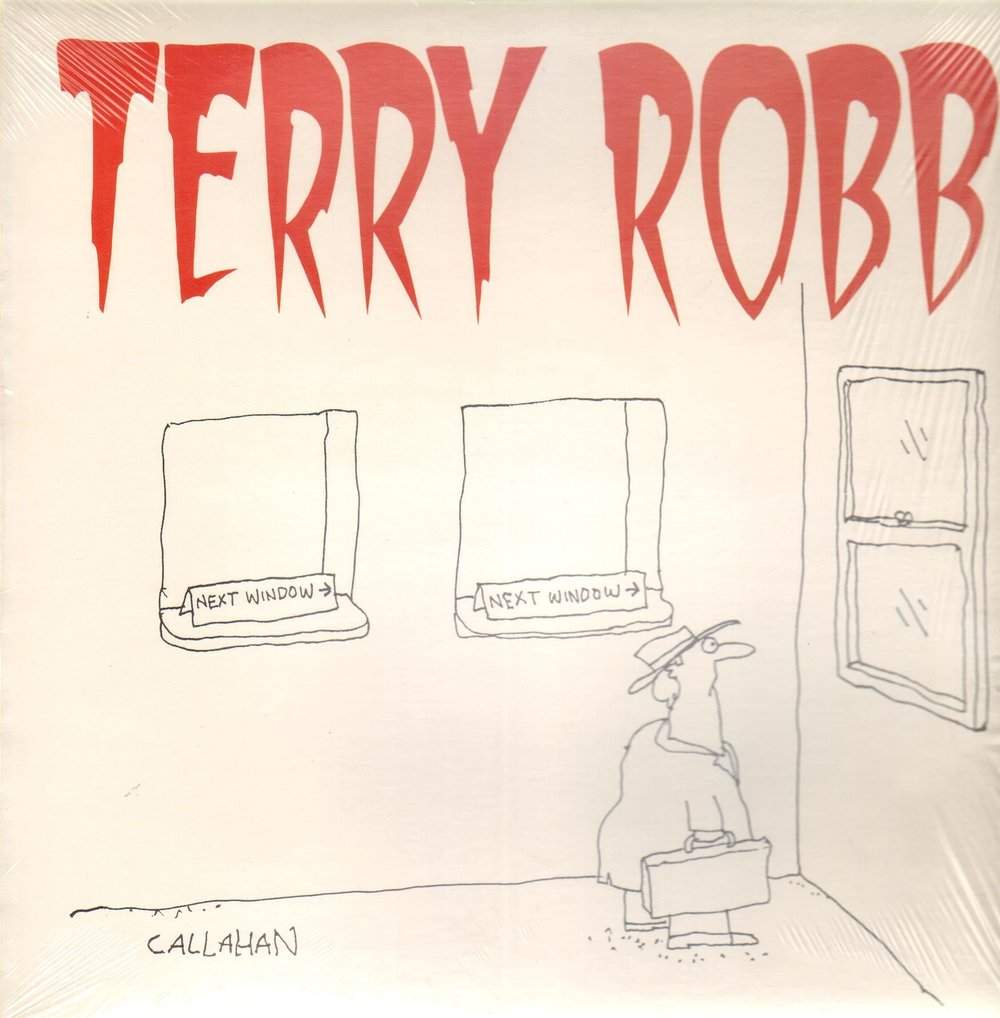
‘Nice Try’ marked a departure from electric to solo acoustic fingerstyle guitar, what led to this change?
It wasn’t really a departure, I just hadn’t released any acoustic stuff of my own yet. I was known as an acoustic player by working with John Fahey and I had an electric band at the same time. I always did both. When Rex Jakabosky first heard me it was at a solo acoustic show.
You got to play with John Fahey and Curtis Salgado.
I asked them both to be on it. John Fahey did it as a favor and it was the beginning of the act Curtis Salgado and I had for awhile
‘Sensitive Guy’ was back to electric with some solo acoustic songs. What runs through your mind when hearing it again?
It seems transitional.

How did you get in touch with Ike Willis? ‘Jelly Behind the Sun,’ was the result.
A mutual friend and I had seen him one time when Rex Jakabosky and I went to see Frank Zappa. I loved his voice.
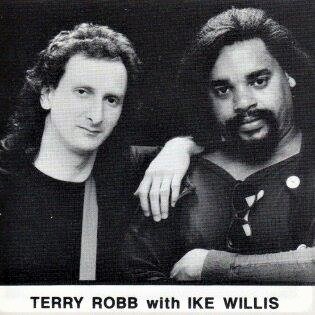
Tell us about the circumstances around signing with Portland-based label Burnside Records.
They were a Portland based label that were interested in my acoustic trio and they wanted me to produce some of their artists.
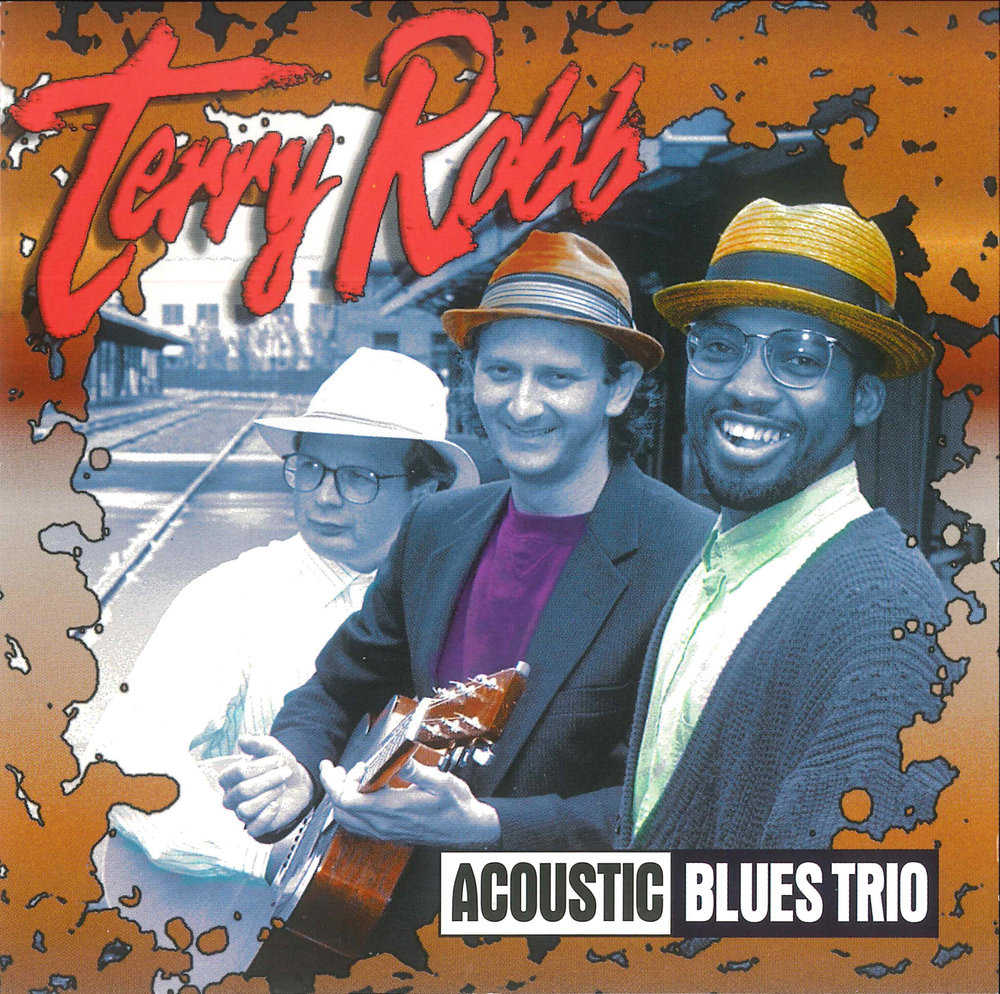
How did you enjoy working on ‘Resting Place’ with a new label?
It was great fun to work with the legendary Rollin Janes and to record at Sam Phillips Studio. Willie Hall played drums. It was all tape and analog. Basic tracks were recorded in one day.
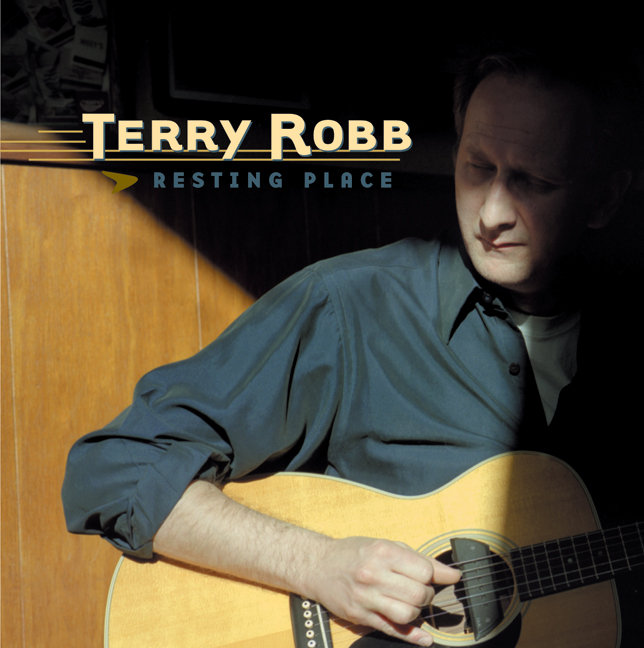
Two incredible albums followed on Portland-based record label NiaSounds.
Yes, NiaSounds was very good to me. I mixed ‘Cool On the Bloom’ like it was a Marty Robbins record and I happened to hear Hendrix’s Band Of Gypsys on the way to the studio so that was an influence on the sound of ‘Confessin’ My Dues’ only with acoustic instruments.
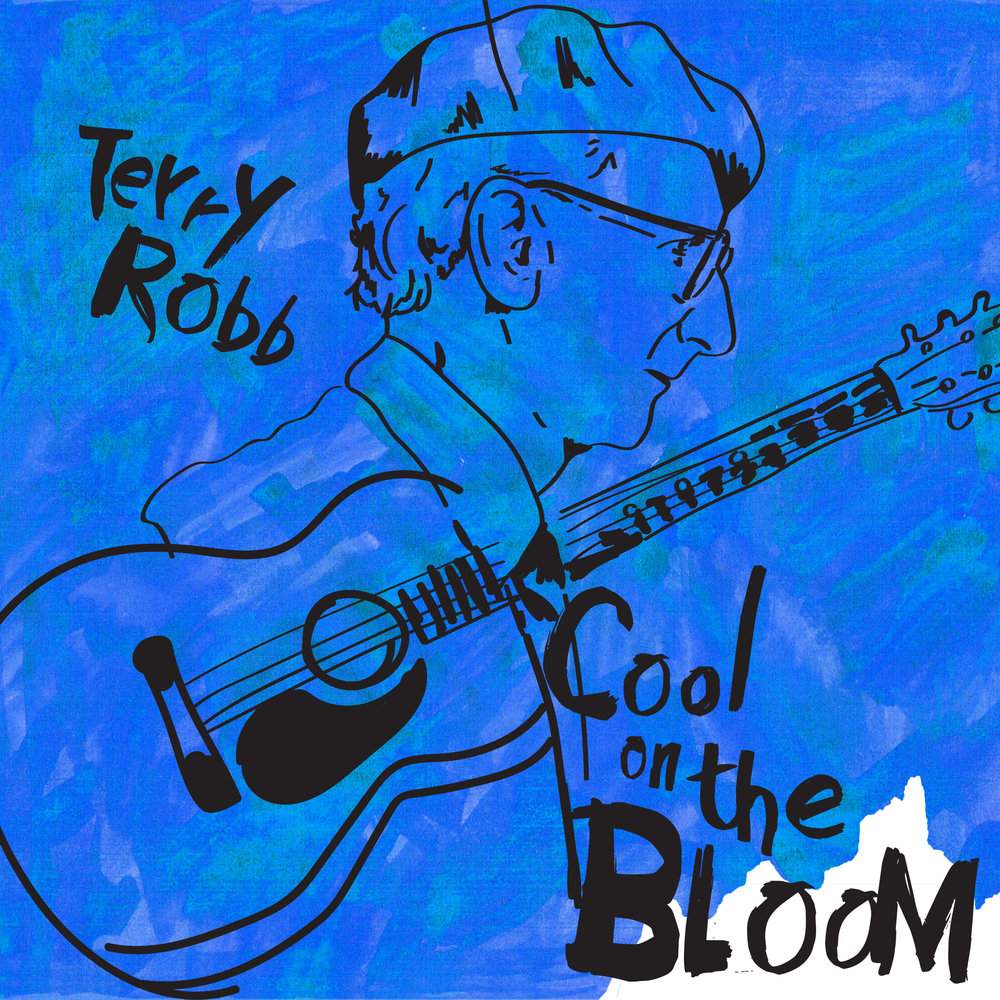
It’s absolutely impossible to cover your discography. Would it be possible for you to choose a few collaborations that still warm your heart?
John Fahey, Buddy Fite, John Callahan.
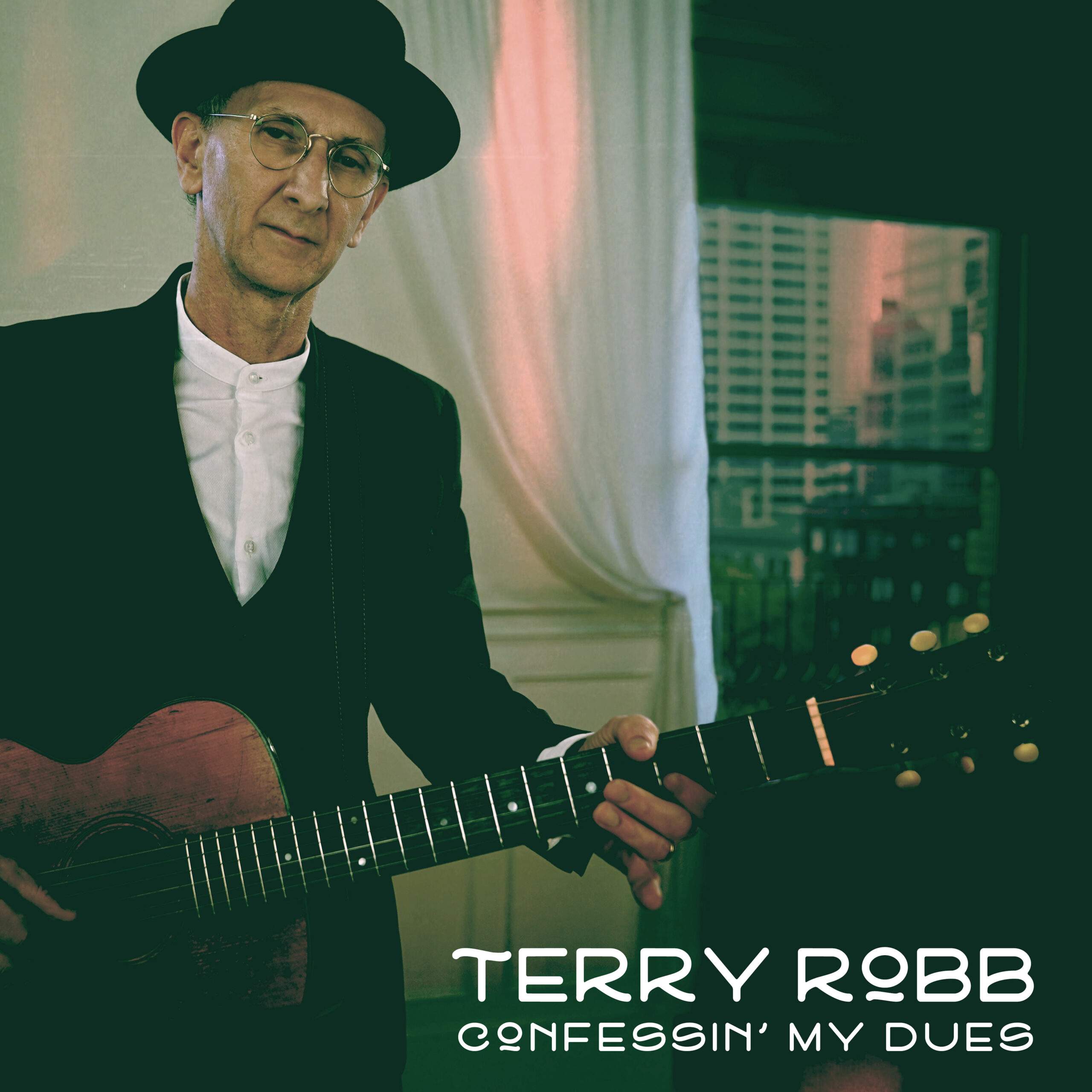
What are some of the most important players that influenced your own style and what in particular did they employ in their playing that you liked?
Charley Patton, Blind Blake, Furry Lewis, Muddy Waters, Hank Snow. Django Reinhardt, Mel Brown, Buddy Fite, T-Bone Walker, Hubert Sumlin, Kenny Burrell, Henry Vestine, John Hurt, Baden Powell and John Fahey to name a few guitarists. Some are for the melodic approach, others for fingerstyle and their rhythm strength There’s also Louis Armstrong, John Coltrane, Eric Dolphy, Yuseef Lateef, Indian, Arabic and Fado, and classical music: Wagner, Ravel, Borodin, Stravinsky.
Do you have any other active projects going on at this point? Will you continue to record new albums?
Recording new material at the moment.
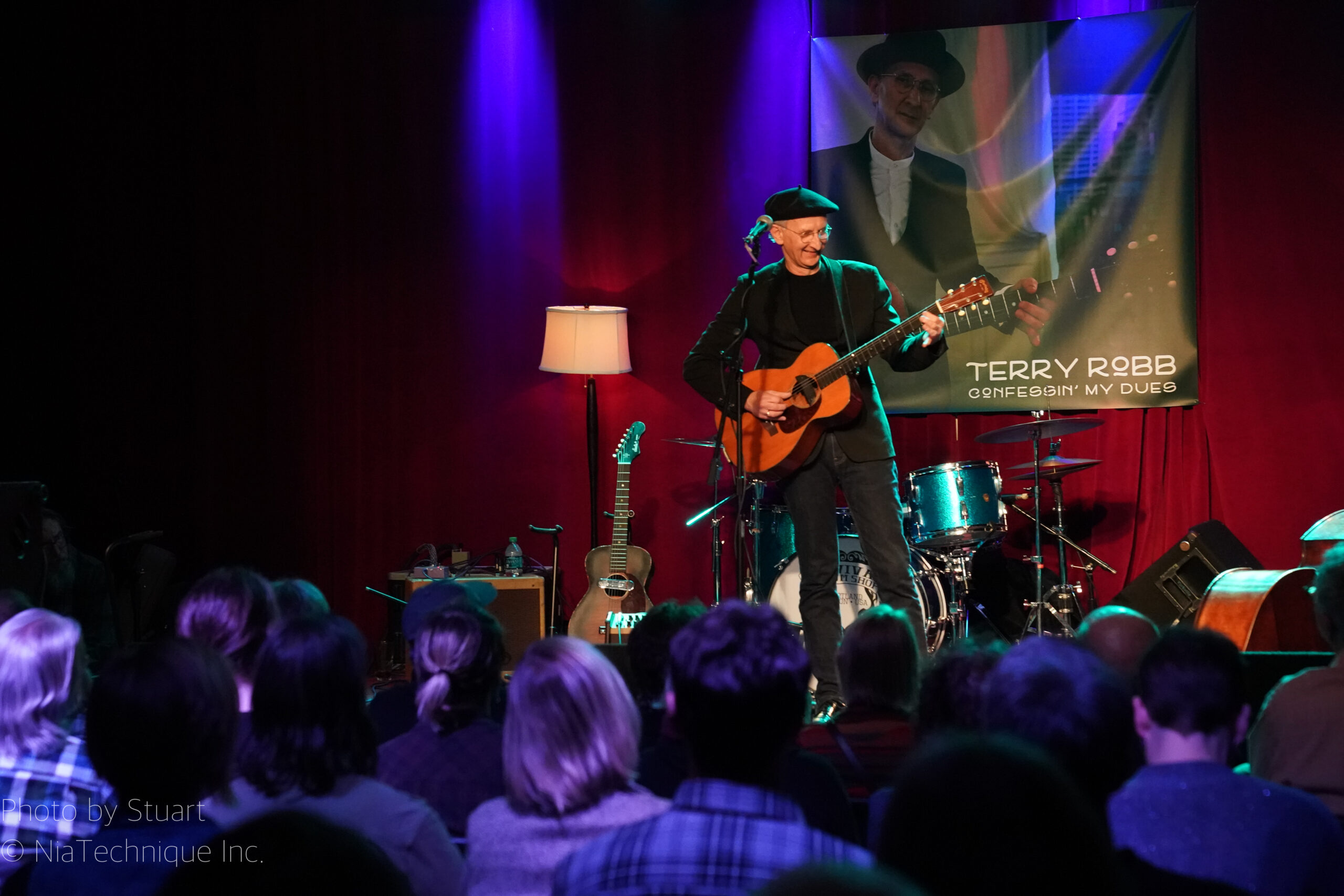
Thank you for taking your time. Last word is yours.
Thank you for the interview and for the very thoughtful questions, and research.
Klemen Breznikar
Headline photo: Terry Robb and John Fahey taking a break from a recording session in the Spring of 1983
Terry Robb Official Website / Facebook / Instagram / Twitter / YouTube

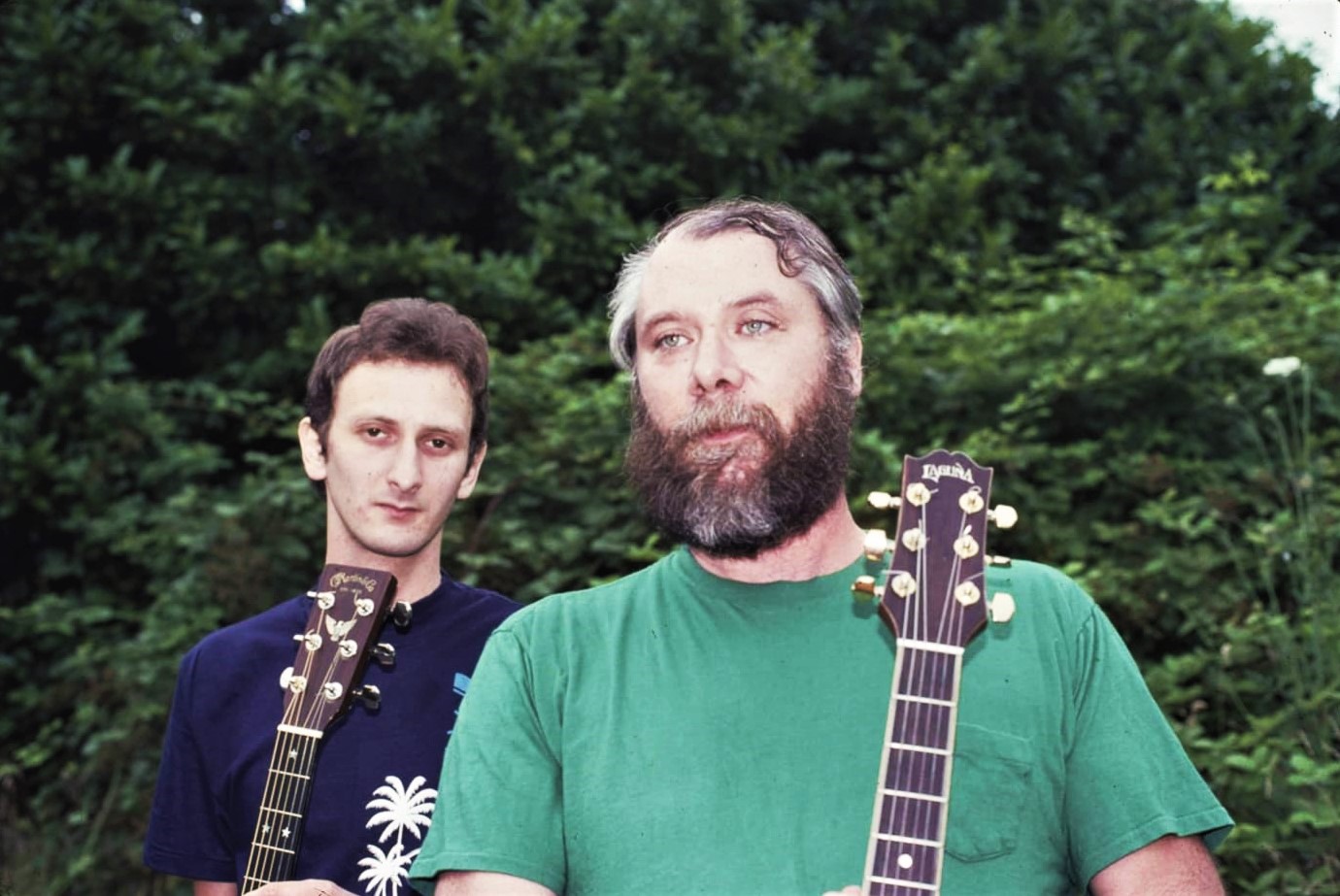
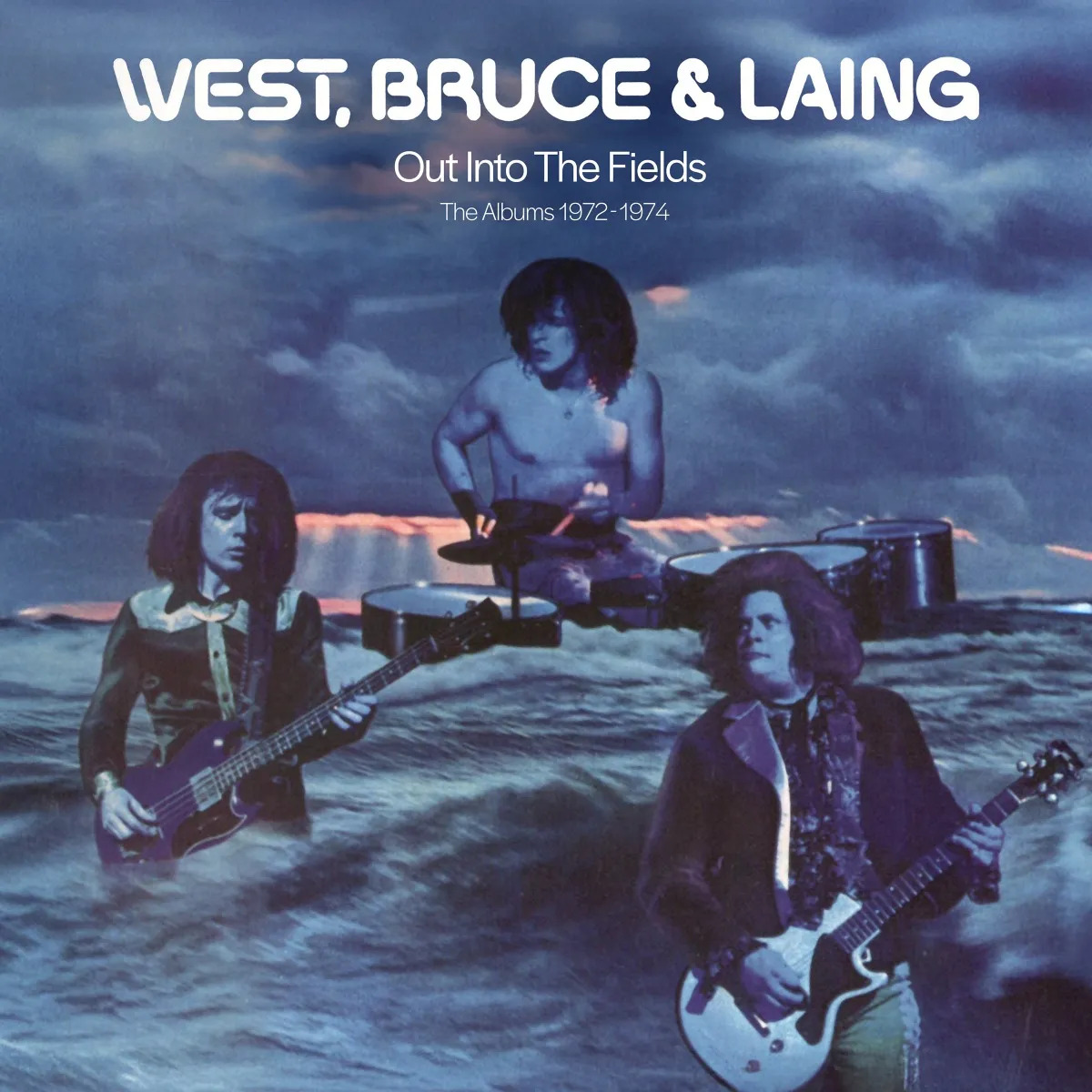
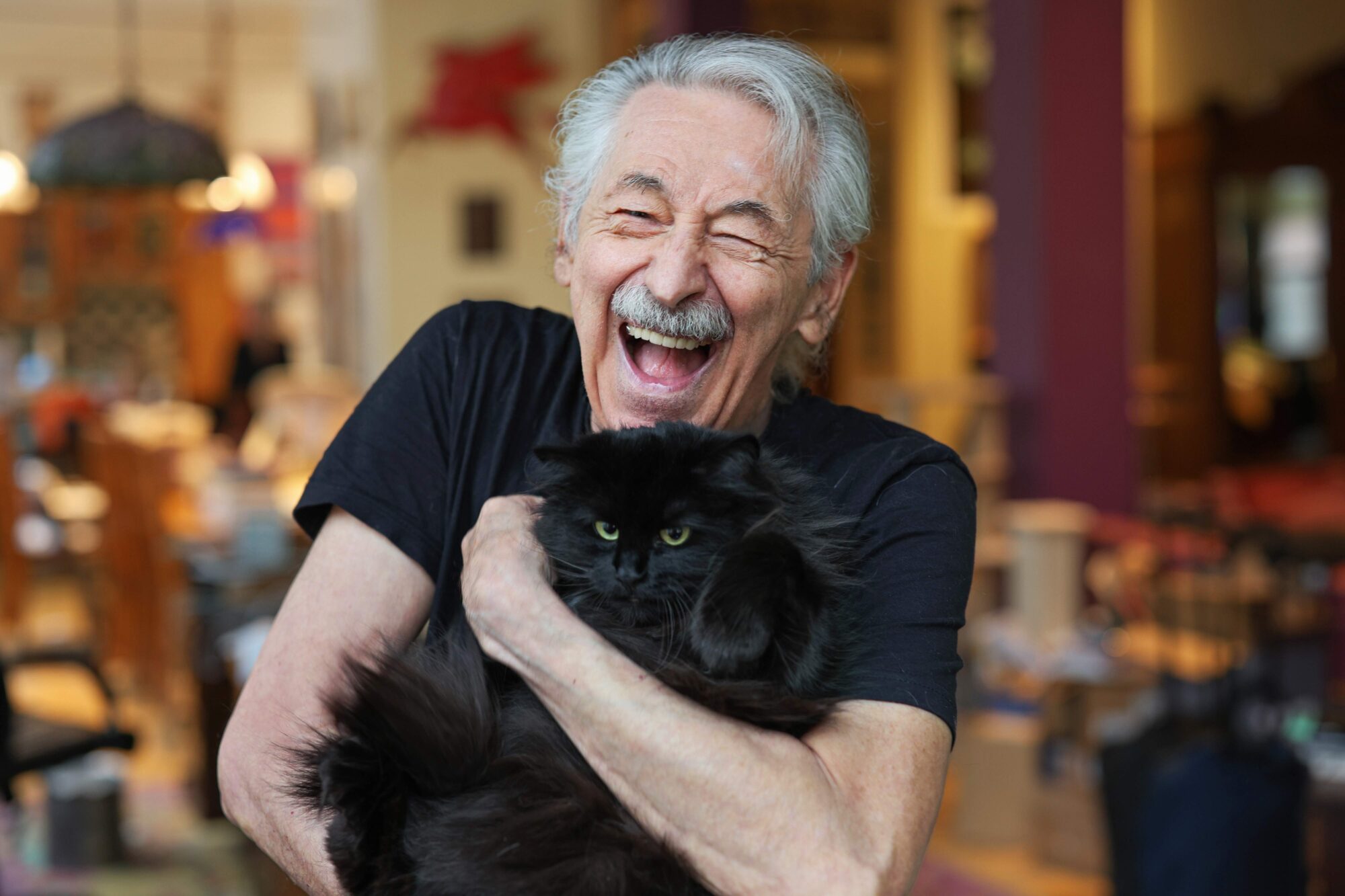
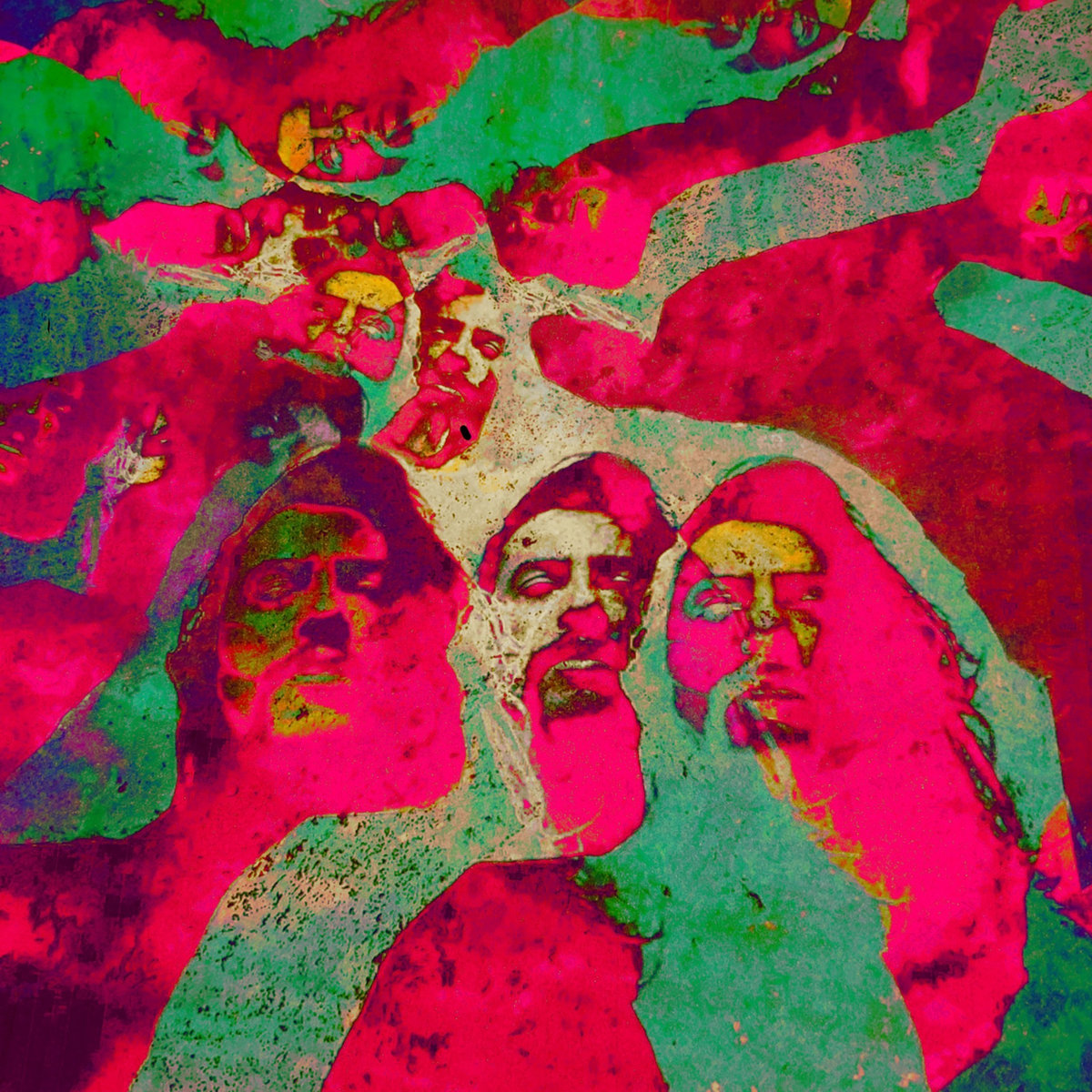
I witnessed Terry Robb playing lead on for Johnny Winter in Portland Oregon in the late 1980’s to mid 90’s I believe, so if anyone can pin down that date, it was either the Roseland or Starry Night venue’s. Would like to know that information if possible, thanks.